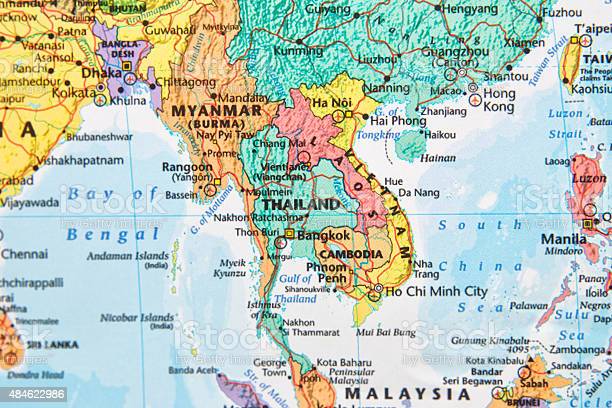
India’s Rising Influence in Southeast Asia
India is stepping up its influence in Southeast Asia, marking a change in its foreign policy stance as geopolitical factors in the Indo-Pacific region continue to change. India’s goals in the area are evident, according to Harsh V Pant, Vice President for Studies and Foreign Policy at the Observer Research Foundation, and they represent a more forceful approach and a renewed focus on its relations with Southeast Asian countries.
In order to avoid rising hostility with China, New Delhi has carefully navigated the path of regional involvement. Recent events, however, show India’s strong ambition to increase its footprint in Southeast Asia, offering a cooperative chance for surrounding nations to work together to counter China’s supremacy.
Strategic Steps Towards a Stronger Southeast Asian Presence
India and China’s competition has had a considerable impact on New Delhi’s strategic considerations, which has resulted in a proactive strategy aimed at enhancing its regional footprint. A number of diplomatic attempts by the Modi administration, with a focus on India’s “Neighborhood First” policy, have made their presence known. This approach expresses a goal of creating equality and respect between partners through programs like vaccination diplomacy and development aid.
The ‘Act East Policy,’ which was introduced at the 12th ASEAN Summit in Myanmar in 2014, is a key component of India’s engagement with Southeast Asia. This updated “Look East Policy” emphasizes four crucial components: culture, commerce, connectivity, and capacity building. India wants to strengthen its partnerships with Southeast Asian countries and promote a more connected and secure region by making investments in these sectors.
Countering China’s Dominance: India’s Regional Initiatives
It is increasingly clear what strategic actions India has taken to counteract China’s dominance. To achieve a secure and peaceful Indo-Pacific region, the government must be aggressive in its outreach and place a strong focus on regional cooperation. India’s growing influence in Southeast Asia acts as a stimulus for like-minded nations to work together to overcome the problems brought on by China’s expanding influence.
Finally, India’s expanding position in Southeast Asia shows its dedication to building a stable and prosperous regional environment. India is helping to create a more peaceful Indo-Pacific by strategically interacting with its neighbors and putting an emphasis on common alliances and values. This prevents any one state from unilaterally asserting dominance in the area.

